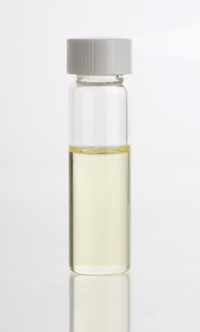
Photo from wikipedia
UV-C (180–280 nm) has been shown to extend the postharvest shelf-life of many horticulture crops. In this study, Tahitian limes (Citrus latifolia) were exposed to 0, 3.4, 7.2 and 10.5 kJ m−2 UV-C then… Click to show full abstract
UV-C (180–280 nm) has been shown to extend the postharvest shelf-life of many horticulture crops. In this study, Tahitian limes (Citrus latifolia) were exposed to 0, 3.4, 7.2 and 10.5 kJ m−2 UV-C then stored for 28 days in air at 10 °C and 80% RH. Weight loss, peel colour, calyx abscission, ethylene production, respiration rate, total soluble solids (TSS), titratable acidity (TA) and acceptability index were assessed. The results showed that UV-C treatment maintained lime peel green colour and retained calyx attachment after 28 days storage. UV-C treatment also affected endogenous ethylene production and respiration rate, where the highest UV-C treatment (10.5 kJ m−2) maintained low ethylene production and low respiration rates after 28 days storage with no differences between the different UV-C intensities. In terms of fruit acceptability, limes were exposed to 10.5 kJ m−2 UV-C had a 60% acceptability index after 28 days storage, while untreated control fruit retained acceptability of 39%. In general, the pre-storage UV-C treatments did not affect fruit weight loss, TSS or TA contents during storage.
Journal Title: Journal of Food Science and Technology
Year Published: 2019
Link to full text (if available)
Share on Social Media: Sign Up to like & get
recommendations!